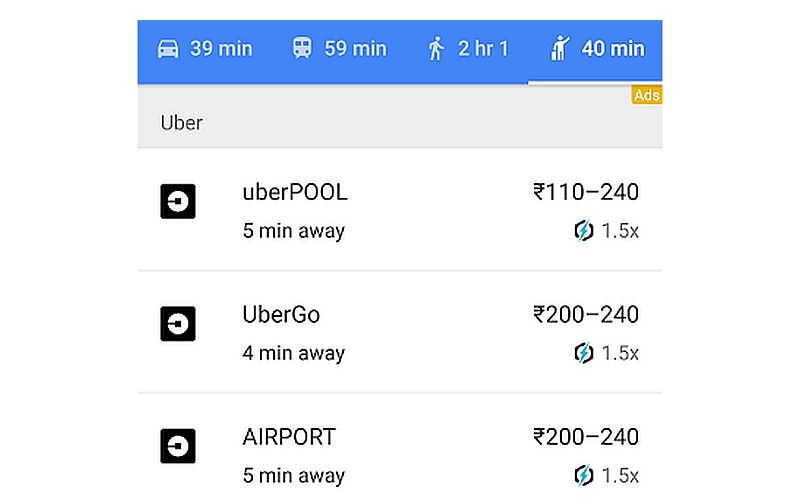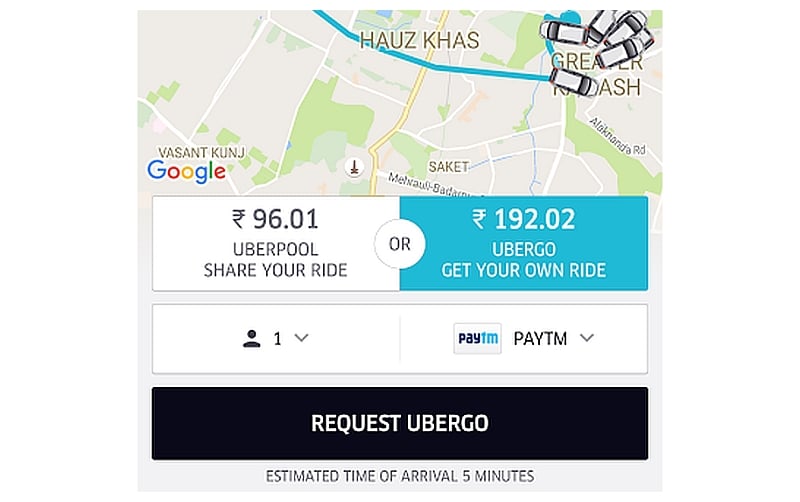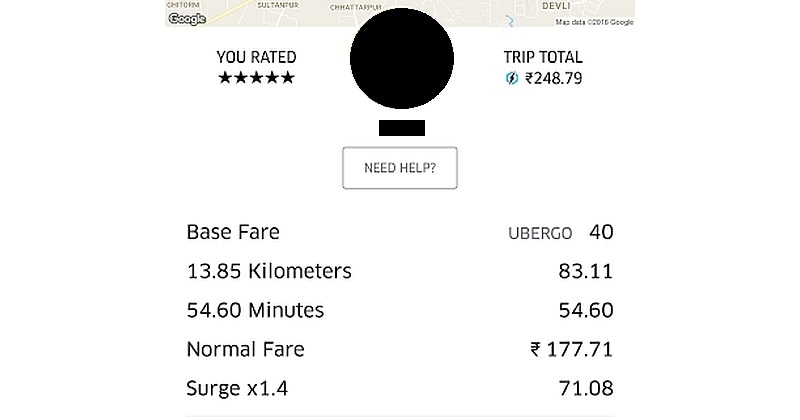 Now not too long ago, Uber used to show the fee and the "surge” multiplier before you started a ride. This became a ache factor for human beings using the app - maximum passengers hate surge pricing and plenty of humans would avoid the use of the app in the event that they saw the surge signal. lots of politicians have spoken out against it too.
Now not too long ago, Uber used to show the fee and the "surge” multiplier before you started a ride. This became a ache factor for human beings using the app - maximum passengers hate surge pricing and plenty of humans would avoid the use of the app in the event that they saw the surge signal. lots of politicians have spoken out against it too.but then, the corporation suspended surge pricing, and then later added 'prematurely Fares', with a purpose to "make it less complicated" for clients to understand how a lot they are going to pay.
The fare still goes up while there's high demand, but way to the new format, the quantity that this modifications - the surge multiplier - isn't made clean to the patron.
this doesn't matter in your everyday shuttle - in case you usually pay Rs. 100 and see a fare of Rs. 300, you're probable not going to take that cab. however what approximately when you're traveling in an unfamiliar vicinity or metropolis? if you see a fare, is that reasonable or the end result of some crazy surge? How are you presupposed to recognise? It seems that there may be a quite easy manner by which you could discover. that is what you need to do:
- Open Google maps and enter your destination.
- Tap on the right-most option, for hailing a taxi.

depending up at the u . s . a . you are in, you will see a list of taxi options - Uber and Ola in case you are in India, for example - together with the surge element displayed. We examined this currently and observed that it really works. As you may see in the screenshot under, Uber confirmed a ride estimate of Rs. 192. Google Maps (above) showed a surge of 1.5x, with a fare estimate between Rs. two hundred-Rs. 240. Upon reaching the vacation spot, the receipt from Uber (backside) confirmed a surge of one.4x - pretty near Google's estimate.

It's not foolproof certainly, but if you're trying to see whether the fare is reasonable or not, this tip can really help. Showing the surge upfront may have been unpopular, but hiding it this way is actually anti-consumer, and hopefully, Uber will be more transparent about its pricing in the future.



0 comments:
Post a Comment